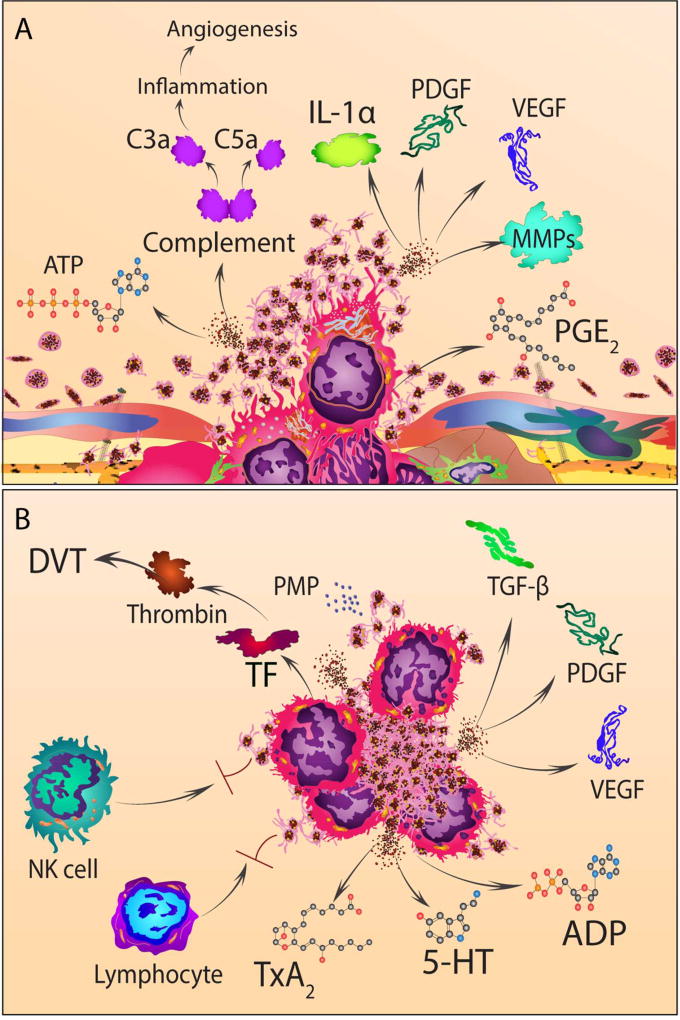Figure 3. The interactions between platelets and cancer cells during transmigration and circulation.
(A) Tumor cells release complement (enzymatically processed to anaphylatoxin, C3a and C5a), prostaglandin E2 (PGE2), IL-1alpha (IL-1α), and matrix metalloproteases that assist transmigration of cancer cells across the endothelium (both into and out of blood vessels). Concurrently, ATP secreted from dense granules of platelets activates P2Y2 on endothelial cells, increasing permeability of the endothelium and promoting transmigration of cancer cells. Furthermore, activated platelets release the content of their alpha granules that contain numerous growth factors such as platelet-derived growth factor (PDGF) and vascular endothelial growth factor (VEGF) that promote tumor growth and angiogenesis.
(B) Tumor cell-induced platelet aggregation leads to formation of heterotypic platelet-cancer cell aggregates, activation and degranulation of platelets. Platelet dense granules release G-protein coupled receptor agonists such as adenosine diphosphate (ADP) and serotonin (5-HT). Alpha granules release growth factors including VEGF and PDGF. Through a multistep synthetic process, arachidonic acid in activated platelets is converted to thromboxane A2 (TXA2) that in turn activates TXA2 receptors on other platelets and endothelial cells. Tissue factor (TF) expressed on cancer cells and platelet microparticles (PMP) further magnifies the procoagulant milieu generated by the interaction between platelets and cancer cells and result in thrombin generation and venous thrombosis.

